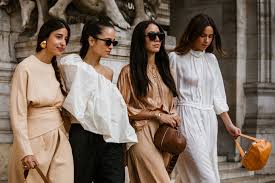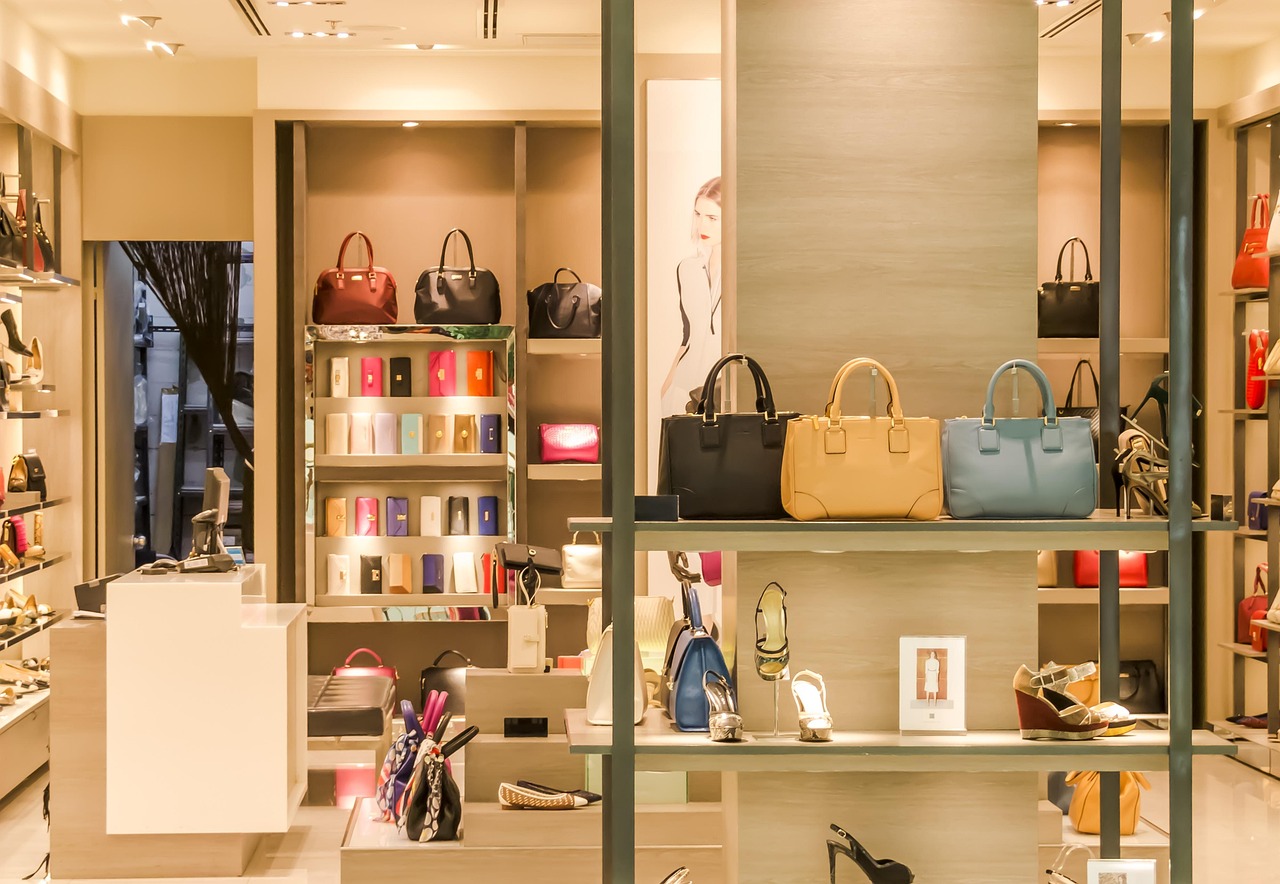
Fashion Trends like Patagonia have been pioneers in encouraging outdoor adventure while leading efforts in environmental responsibility. Since 1985, Patagonia has pledged 1% of its yearly sales to environmental preservation and restoration. Its founder, Yvon Chouinard, has consistently called on other businesses to follow this example. Roughly 85% of the company’s annual emissions stem from fabric production, driving Patagonia to focus on lowering this impact for nearly three decades. In 1996, the company made the shift to using only organically grown cotton in all garments made with virgin cotton. Patagonia’s long-term mission is to eliminate virgin petroleum-based materials from its products entirely. In 2022, Yvon transferred ownership of the brand to a trust and a non-profit organization, ensuring that all profits are used to combat the climate crisis. At that moment, he remarked, “Even though we’re doing everything possible to address the environmental emergency, it’s still not enough.”
Read more About Popular makeup products
Read more About Exploring Sustainable Fashion
Sustainable fashion refers to the approach brands take to produce clothing in a way that lessens environmental harm while also respecting the rights and well-being of workers involved in the process. Although the concept seems straightforward, adopting Fashion Trends practices often leads to increased costs, which can reduce overall profits.
For the Fashion Trends to shift towards full sustainability, shoppers need to be open to paying higher prices to support the transition—or, at the very least, stop supporting companies that ignore environmental concerns. This cultural shift appears to be underway, driven by younger generations who are more environmentally aware and are becoming key players in the target market.
Sustainable Fashion Brand while the harmful impact of the Fashion Trends is constantly highlighted, some companies are recognizing these problems and shifting their operations to drive meaningful change—not just to appear “ethical,” but because it’s a smart move for long-term profitability.
Each year, massive amounts of clothing end up in household trash, even though up to 95% of it could be reused or repurposed. Purchasing new fabrics often doesn’t make financial sense when brands could simply repurpose existing materials. Waste isn’t good business.
At the forefront of this movement is Stella McCartney, whose brand has demonstrated since its inception in 2001 that it’s entirely possible to design fashionable, ethical collections without harming the environment. “We push boundaries and question norms to produce high-end fashion that’s responsible and forward-thinking,” says McCartney’s website. “No trade-offs.”
What is sustainable fashion truly mean? There’s no denying that the idea of “sustainability” seems fundamentally at odds with the traditional fashion industry. Yet, as the desire for fast fashion grows alongside rising awareness and demand for environmental responsibility, finding a delicate equilibrium has become increasingly important. Fashion, an industry built on constantly supplying consumers with the latest and most unique styles, is arguably among the least sustainable sectors. Unfortunately, this has been the status quo for many years.
Often cited as the world’s second-largest polluter after the oil industry, fashion’s rapid cycle of ever-changing trends contributes heavily to its environmental footprint. In fact, the industry has become one of the most ecologically harmful on the planet. A recent study even indicates that the textile sector releases more greenhouse gases than both international air travel and maritime shipping put together — and the situation is only worsening.
Sustainable fashion designers In a world where style aligns with ethics, a new generation of designers is rising as champions of sustainability. With a deep dedication to the environment and humanity, these innovators are transforming the fashion industry, one environmentally conscious thread at a time. Whether it’s through upcycling existing materials or promoting ethical labor conditions, they are the driving force behind a significant shift in how fashion is perceived and consumed. The era of fast fashion dominating the market—with its harmful environmental impact and exploitation of workers—is fading. Modern consumers now seek openness and responsibility from the labels they support, looking for clothing that not only enhances their appearance but also contributes positively to the world. These eco-conscious designers are stepping up, using their artistic talents to produce garments that both beautify and advocate for a more sustainable tomorrow.
Latest sustainable fashion trends for summer 2024 recycling in fashion remains a significant obstacle, with under 1% of worn garments currently being transformed into new clothing. One major barrier has been the challenge of separating mixed fabrics — and that’s where Circ steps in. The company deconstructs polycotton blends into reusable polyester and Lyocell fibers for creating new apparel. In October, designer Mara Hoffman became the first to debut a dress crafted using Circ’s process. While technological breakthroughs are essential, it’s equally vital not to overlook the garment workers behind our clothes. Shockingly, 93% of fashion brands still fail to provide a living wage to these workers. At the same time, advocacy group Fashion Revolution cautions that transitioning to on-demand production can create intense strain for workers, who must cope with “sudden and unpredictable surges” in workload. That’s why a fair transition is crucial — to guarantee stable employment and decent pay for workers as the industry adopts advanced technologies and shifts toward greater sustainability.
Sustainable fashion trends the theory of planned behaviour (TPB) [44] is commonly utilized in the literature to interpret actions such as sustainable consumption, offering insight into how barriers and thoughts may influence the intention to purchase sustainable apparel. This theory suggests that people’s behaviours are primarily guided by their deliberate intentions to engage in particular activities, stemming from purposeful decision-making [13,45]. Due to its clear structure and broad relevance, TPB has gained recognition as a key model in the analysis of human behaviour [46]. According to the theory, behavioural intentions are shaped by three core elements: personal attitudes toward the behaviour, perceived social pressures (subjective norms), and the sense of control individuals feel over performing the behaviour [[44], [47]]. However, few studies have thoroughly examined the TPB framework in the context of sustainable consumer practices and the sustainability of apparel.
Sustainable fashion trends 2025 as we enter 2024, the fashion world continues to transform, with sustainability taking center stage. Shoppers are becoming more conscious of the environmental and social effects of their wardrobe choices, prompting a movement towards more ethical and eco-conscious fashion. This year is set to bring notable progress in sustainable fashion, shaped by increasing consumer expectations and inventive industry adaptations. Consumer preferences hold significant power in reshaping the fashion landscape. As sustainability becomes a higher priority for buyers, fashion brands are being driven to implement greener, more ethical methods. People are increasingly seeking openness, fair labor practices, and environmentally friendly fabrics—encouraging the fashion sector to move in a more sustainable directi
Sustainable fashion jobs handwork of India is seeking a Web and Digital Marketing Manager. This role at the nonprofit fair trade fashion organization—dedicated to empowering its women artisan collaborators in India—will cover areas such as:
Consumer insights and marketing driven by data,
Enhancing website performance and user experience,
Search engine optimization and content planning,
Managing paid media campaigns,
Tracking digital performance and analytics,
Overseeing social media presence, and
Executing email marketing initiatives.
This is a remote position, though candidates based in the Chicago region are preferred.
Best tips for sustainable fashion are creating a sustainable wardrobe goes beyond fashion—it’s a pledge to protect the environment and a true expression of one’s values. The fast fashion industry significantly impacts the planet, but by making conscious choices, we can help pave the way for a greener future. At L’Envers, we take pride in producing well-crafted clothing using environmentally friendly materials. Each piece is made under ethical conditions, designed with timeless appeal so it can remain a part of your wardrobe for years.
In this guide, we offer essential tips for building a sustainable wardrobe that’s both stylish and responsible. A thoughtfully curated wardrobe supports sustainability by focusing on fewer, better-quality items. This means choosing long-lasting materials that can be easily styled in different ways. L’Envers follows this approach by offering garments made from organic cotton and pure wool, designed to withstand seasonal trends. A minimalist capsule collection conserves resources and promotes intentional purchasing. This method reflects the circular economy’s values, where investing in lasting pieces takes priority over mass consumption.



